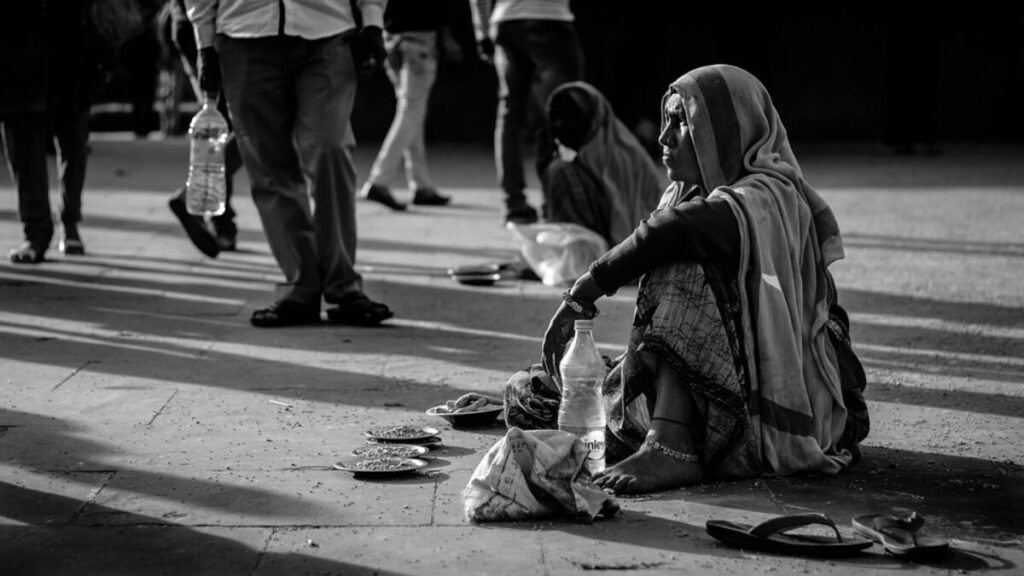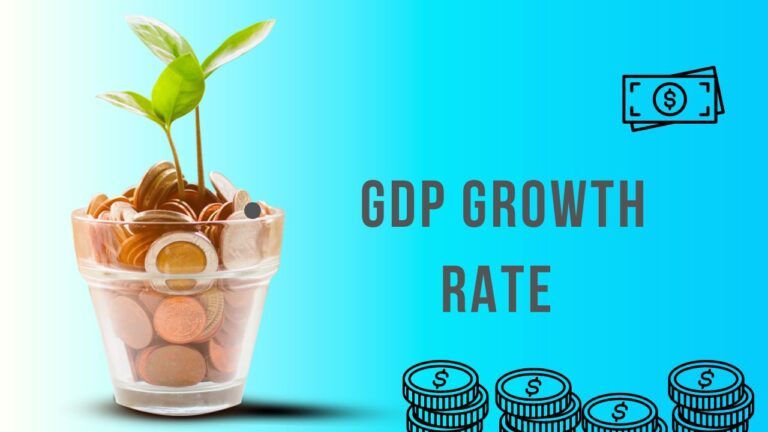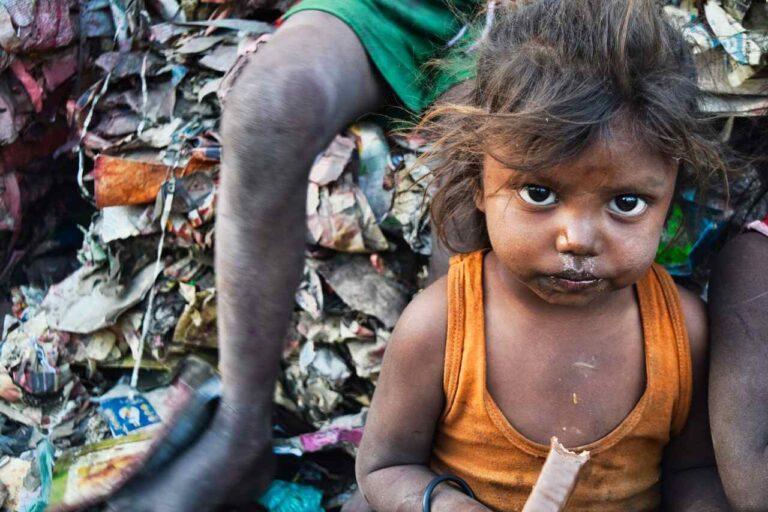Poverty in Pakistan: A Curse, and Its Top 14 Amazing Causes
The issue of poverty in Pakistan continues to be a significant problem, affecting millions of people throughout the country. To effectively address this ongoing problem, it’s crucial to understand its underlying causes. The high poverty rates in Pakistan are influenced by a variety of factors, such as economic inequality, lack of employment opportunities, limited access to education, political instability, rapid population growth, low agricultural productivity, inadequate healthcare, gender inequality, environmental degradation, energy crisis, and insufficient social safety nets. These factors contribute to the complexity of poverty in Pakistan and necessitate comprehensive solutions. Following points mentioned below, highlight the causes of poverty in Pakistan.
Table of Contents
1. Economic Disparity

One of the primary reasons behind poverty in Pakistan is the evident economic gap existing in the nation. A small portion of the population holds the majority of the wealth, while the rest have restricted access to resources and prospects. The disparity between the affluent and the impoverished is increasing, leading to social instability and constraining upward social movement.
2. Unemployment
High levels of joblessness directly contribute to poverty in Pakistan. Despite some sectors showing signs of improvement, there is a lack of job opportunities in Pakistan, particularly in rural areas where agricultural employment is prevalent. Moreover, many individuals are experiencing underemployment, which means they are working in positions that do not fully make use of their skills or offer sufficient income. As a result, numerous families are finding it difficult to fulfill their basic needs.
3. Low Level of Education
Access to quality education is limited in Pakistan, particularly in rural areas and for girls, due to the scarcity of schools, teachers, and facilities. This lack of educational opportunities hinders individuals from securing well-paying jobs, thus perpetuating the cycle of poverty in Pakistan.
4. Political Instability
Pakistan has struggled with political instability and governance problems for a long time, leading to a conducive environment for poverty in Pakistan to persist. Corruption and inefficient use of resources are major obstacles to progress, hindering the adoption of effective poverty-alleviation measures. The lack of consistent policies to address poverty, due to shifting political agendas, leaves marginalized communities without sufficient assistance.
5. Rapid Population Growth
Pakistan experiences one of the most rapid population growth rates globally, placing additional pressure on the nation’s scarce resources. Population wise Pakistan is at 5th number in the world. The increase in population results in an extra need for employment, education, healthcare, and housing. This unequal distribution leads to heightened resource competition, forcing more individuals into poverty, particularly those in already disadvantaged groups.

6. Low Agricultural Productivity
The economy of Pakistan heavily relies on agriculture, employing a large portion of the population, especially in rural regions. Nevertheless, the persistent problem of low agricultural productivity continues to be a concern. Many farmers face challenges in accessing modern farming methods, irrigation, and financial support, resulting in reduced crop yields and incomes. Additionally, natural calamities like floods and droughts significantly affect agricultural production, worsening poverty in Pakistan’s rural areas.
7. Inadequate Healthcare
Access to healthcare plays a crucial role in poverty reduction, yet many individuals in Pakistan do not have access to affordable and high-quality medical services. Poor health frequently results in decreased productivity and loss of income, as individuals cannot work due to illness. Moreover, healthcare costs can further impoverish families, particularly when they are compelled to pay for treatment out of pocket due to deficiencies in the system.
8. Gender Inequality
Gender disparity is a major factor leading to poverty in Pakistan. Particularly in rural regions, women encounter bias in terms of education, employment, and social involvement. This marginalization restricts their capacity to contribute to family earnings and general economic progress. The lack of empowerment among women results in the underutilization of half of the population, significantly impacting poverty alleviation initiatives.
9. Environmental Degradation
Environmental elements like global warming, the clearing of forests, and the wearing away of soil are having a growing impact on the poverty rates in Pakistan. Pakistan is extremely susceptible to disasters linked to the climate, such as floods, which force millions of people to leave their homes and ruin their means of making a living. The deterioration of the environment not only impairs the productivity of farmers but also destroys residences and infrastructure, leaving individuals with fewer means to break free from poverty in Pakistan.
10. Energy Crisis
For decades, Pakistan has grappled with a serious energy crisis, marked by frequent power outages and an unreliable electricity supply. This shortage of energy has hindered economic growth and job creation, especially in the manufacturing and industrial sectors. The inconsistent energy supply has also impeded small businesses, resulting in reduced income opportunities and contributing to higher poverty in Pakistan.
11. Lack of Infrastructure Development
In Pakistan, poverty is worsened by inadequate infrastructure, especially in rural areas. Limited access to markets, education, and healthcare is a result of insufficient roads, transportation, and communication networks. Rural communities, without proper infrastructure, are isolated and unable to seize economic opportunities or enhance their quality of life.

12. Debt Burden
Pakistan’s national debt has grown significantly, leading to the prioritization of debt repayment over social and economic development. Currently, Pakistan’s foreign debt is more than 130 billion dollars. As a result, there is limited allocation in the national budget for poverty alleviation programs. Additionally, the debt burden hinders the government’s capacity to invest in crucial sectors like education, healthcare, and infrastructure, which are vital for reducing poverty in Pakistan.
13. Conflict and Insecurity
Some parts of Pakistan, especially in the northwest and near the Afghanistan border, have faced long-term conflict and instability. This unrest has interrupted economic development and compelled individuals to leave their residences, resulting in widespread poverty. The displacement of families and the damage to infrastructure add complexity to endeavors aimed at enhancing living standards and alleviating poverty in these areas.
14. International Economic Factors
Global economic trends also play a role in exacerbating poverty in Pakistan. The country’s dependence on imported goods, fluctuations in global oil prices, and the international demand for its exports, all impact its economic stability. When the global economy faces challenges, Pakistan struggles to maintain growth, directly impacting poverty rates.
Conclusion
The reasons for poverty in Pakistan are intricate and interrelated, encompassing economic, political, social, and environmental elements. Combating poverty necessitates a holistic strategy that involves enhancing education, generating employment opportunities, improving healthcare, and advocating for gender equality. Although the government has endeavored to combat poverty, sustained and concerted actions are essential to bring about significant change. Without addressing the fundamental causes, poverty will persist in impacting millions of individuals in Pakistan, constraining the country’s potential for advancement and progress.







